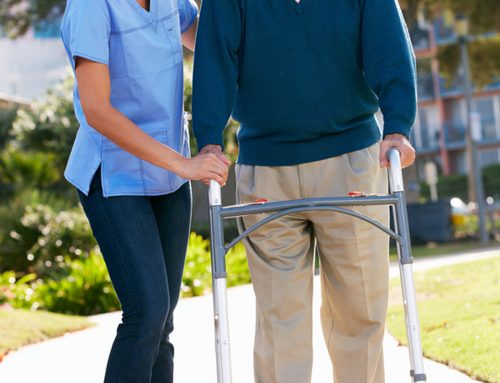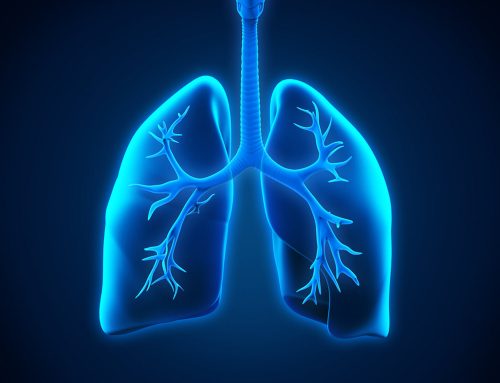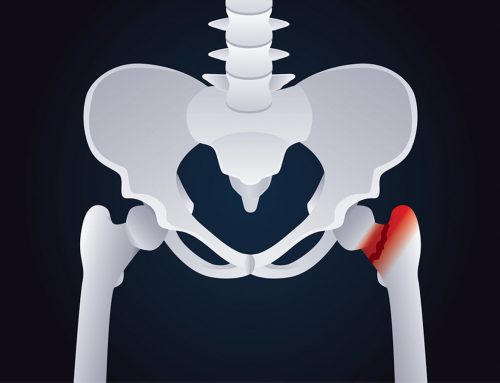How to Tell if a Senior Has Shoulder Osteoarthritis
Osteoarthritis is a kind of arthritis caused by wear and tear. It happens when the cartilage that protects joints wears away, exposing the ends of the bone. It causes joints to become swollen and painful. It can also cause bone spurs to develop at the ends of the bones because of the bones rubbing together. Because the joints of seniors have been through a lifetime of use, older adults are more likely to get osteoarthritis than younger people are. Having osteoarthritis in the shoulder can be particularly difficult to deal with because it can limit movement and make it hard for older adults to use their arm. There is no cure for osteoarthritis but recognizing shoulder osteoarthritis in your aging relative can mean getting them the treatment they need to lessen the pain.
General Information About Shoulder Osteoarthritis
There are two joints in the shoulder. The acromioclavicular (AC) joint is where the collar bone meets the tip of the shoulder blade. The glenohumeral is where the arm bone meets the shoulder blade. Osteoarthritis usually develops in the AC joint, but it can be in either joint or both.
The cartilage in the shoulder is approximately 3 millimeters thick. It’s a smooth tissue, allowing the joint to move easily.
The development of osteoarthritis in the shoulder usually advances in four stages:
- The cartilage softens.
- The surface of the cartilage starts to crack.
- The cartilage starts to deteriorate and flake.
- Enough cartilage wears away to expose the end of the bone.
Although osteoarthritis in the shoulder isn’t as common as in other parts of the body, like the knee, the Arthritis Foundation says that about one-third of people over the age of 60 have it. Women get shoulder osteoarthritis more often than men do.
Symptoms of Shoulder Osteoarthritis
The most common symptom of shoulder osteoarthritis is a pain. The pain gets worse when the older adult is active and as time passes. After a while, the pain will persist even when the senior is at rest. It could even make sleeping difficult. When arthritis affects the AC joint, the pain will occur on the side of the shoulder and may travel up the neck. Arthritis in the glenohumeral joint causes pain in the back of the shoulder.
If your older family member has shoulder osteoarthritis, elderly care can help them to live more comfortably and manage the pain. An elderly care provider can do household tasks that are too painful because of arthritis, such as cleaning the house or carrying heavy objects. Elderly care providers can also remind the older adult to take medications for the condition and assist them with applying a hot or cold pack to relieve the pain.
If you or an aging loved-one are considering hiring Home Health Care in Tuskegee, AL, please contact the caring staff at Prime Home Health today. Caring for Our Friends and Neighbors in Tallapoosa, Chambers, Lee, Macon and Russell Counties! Call us 24 hours a day, 7 days a week! 334.745.7966
Sources




